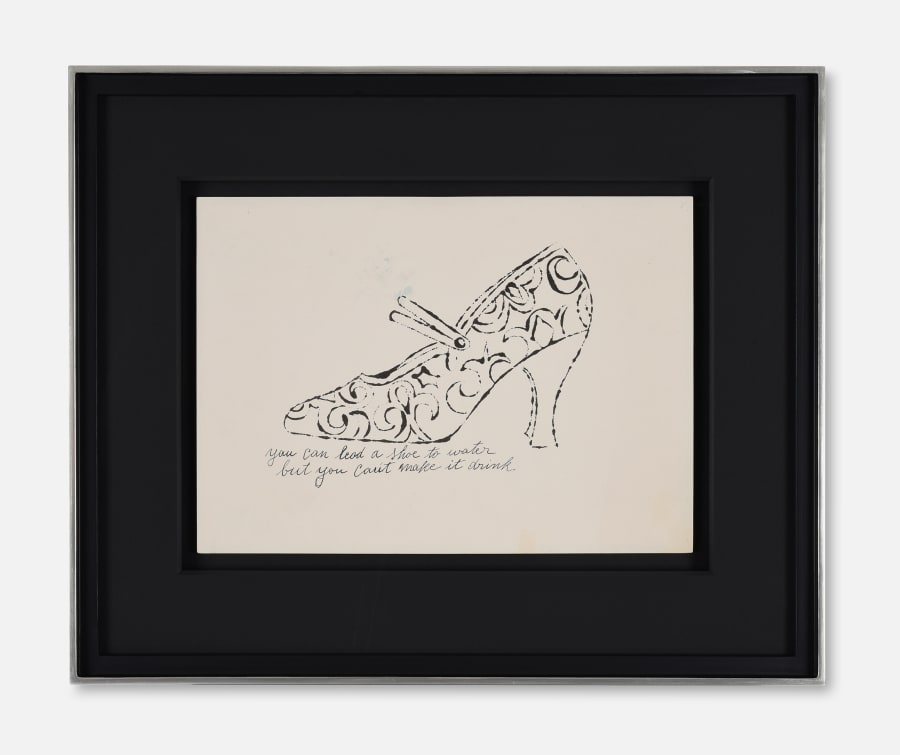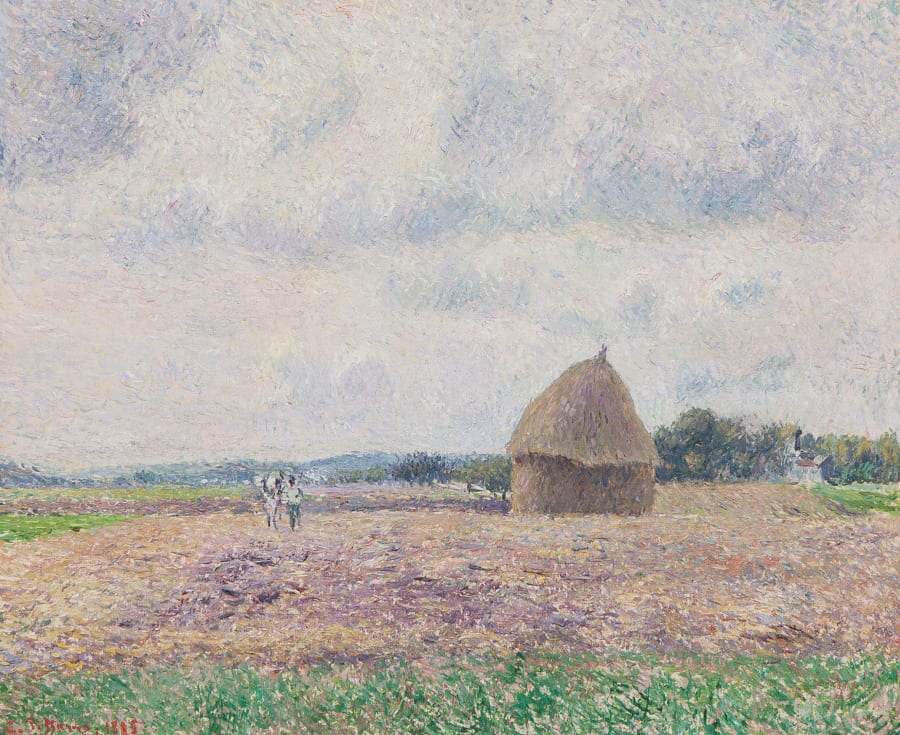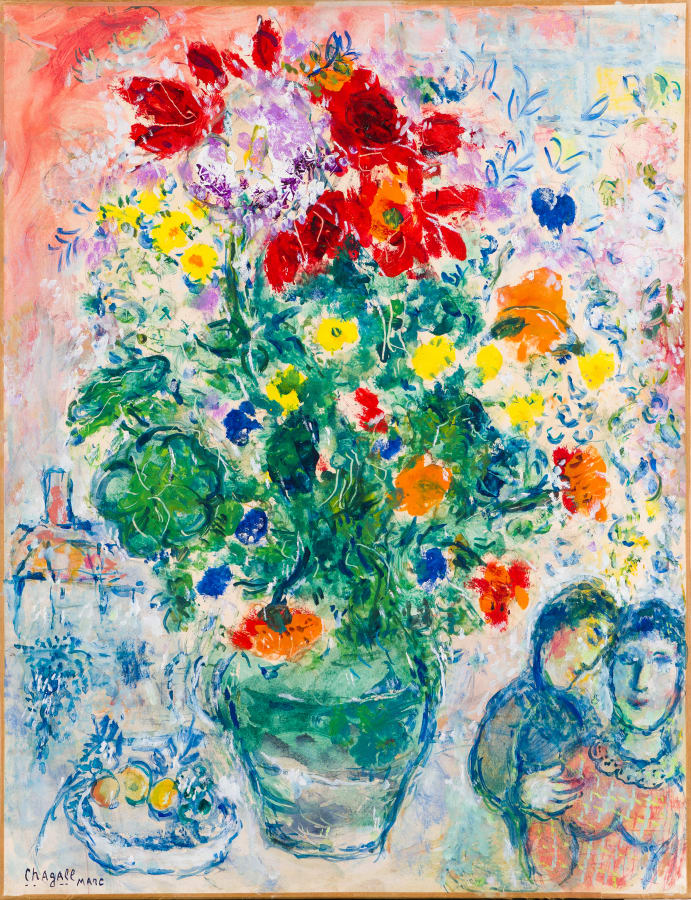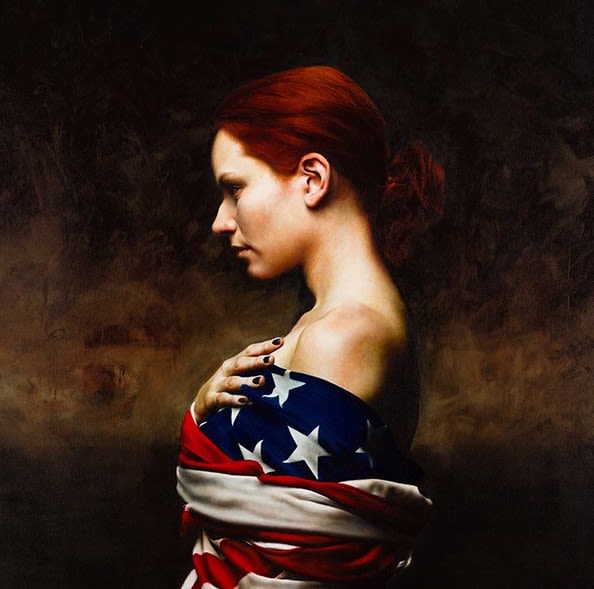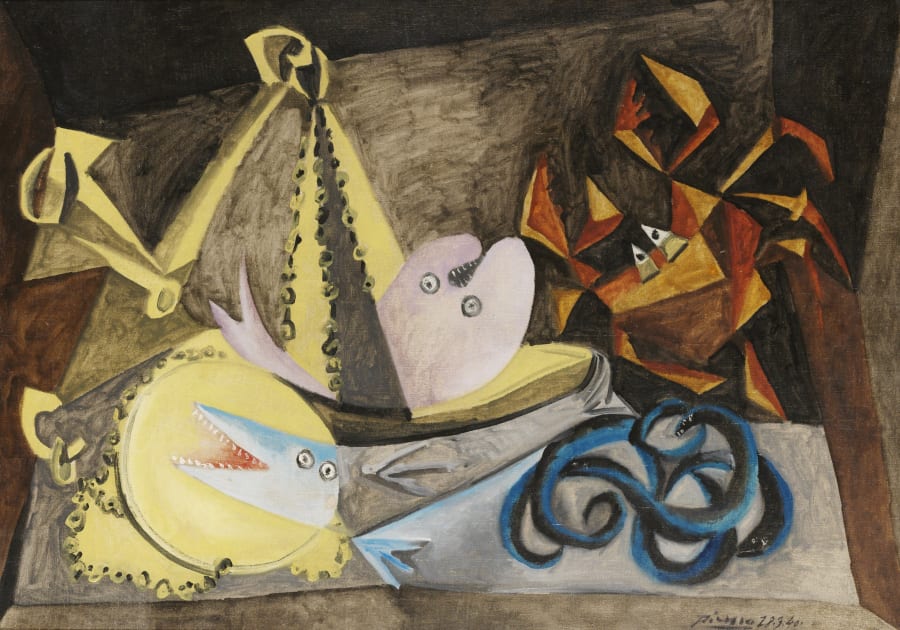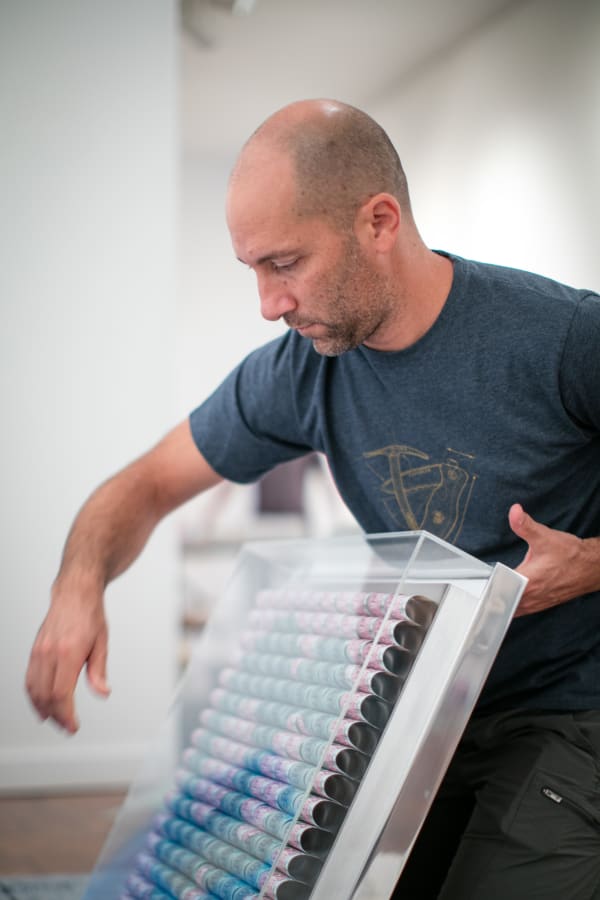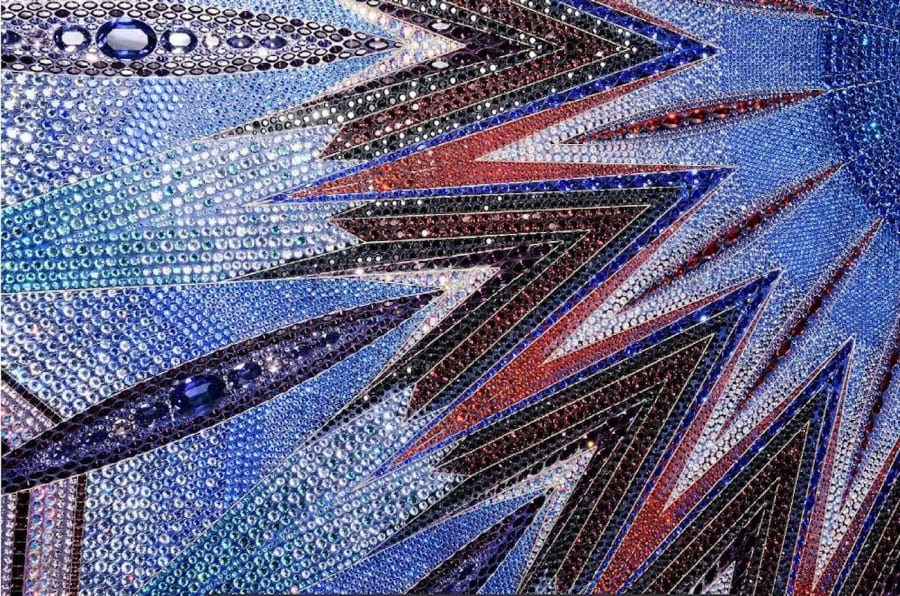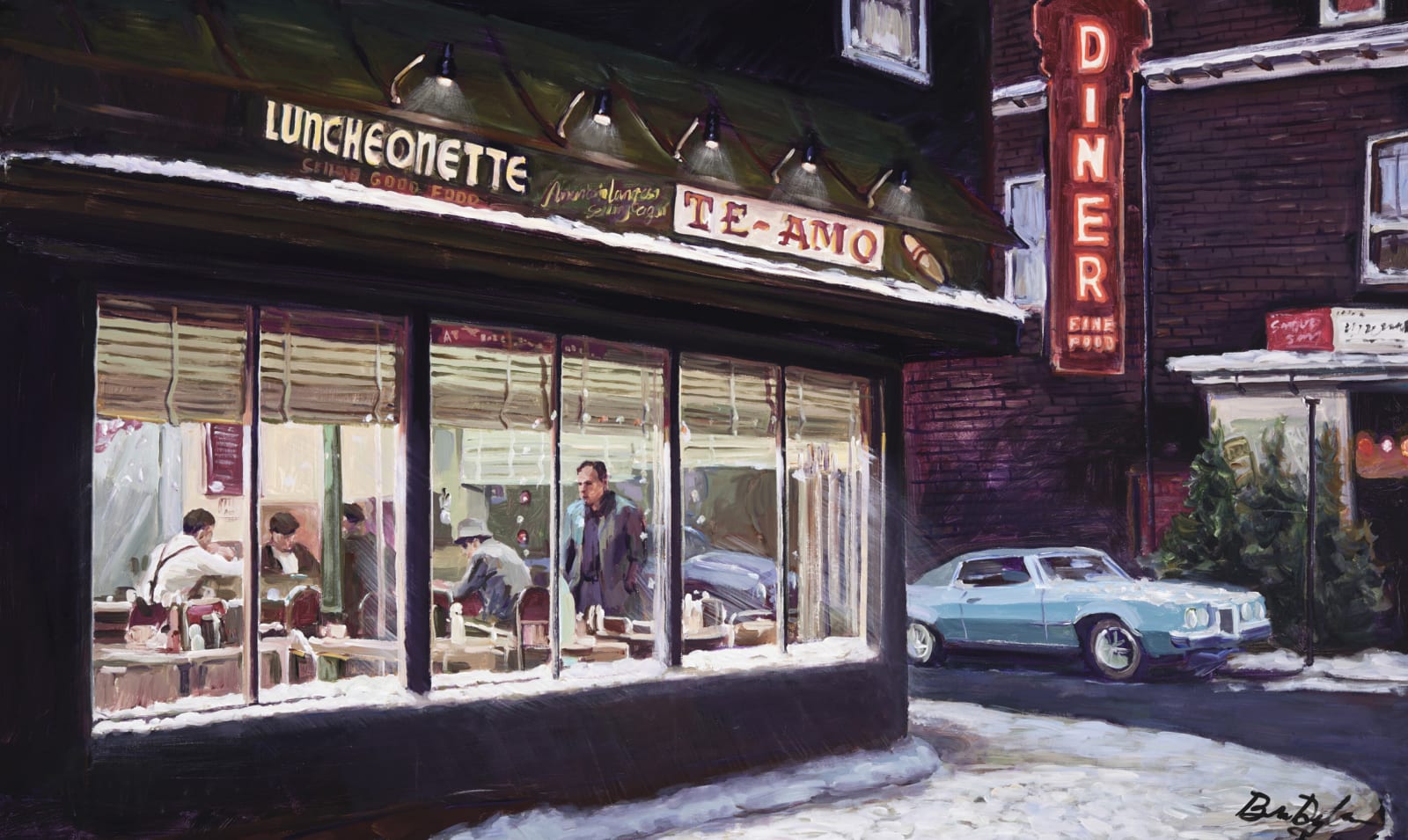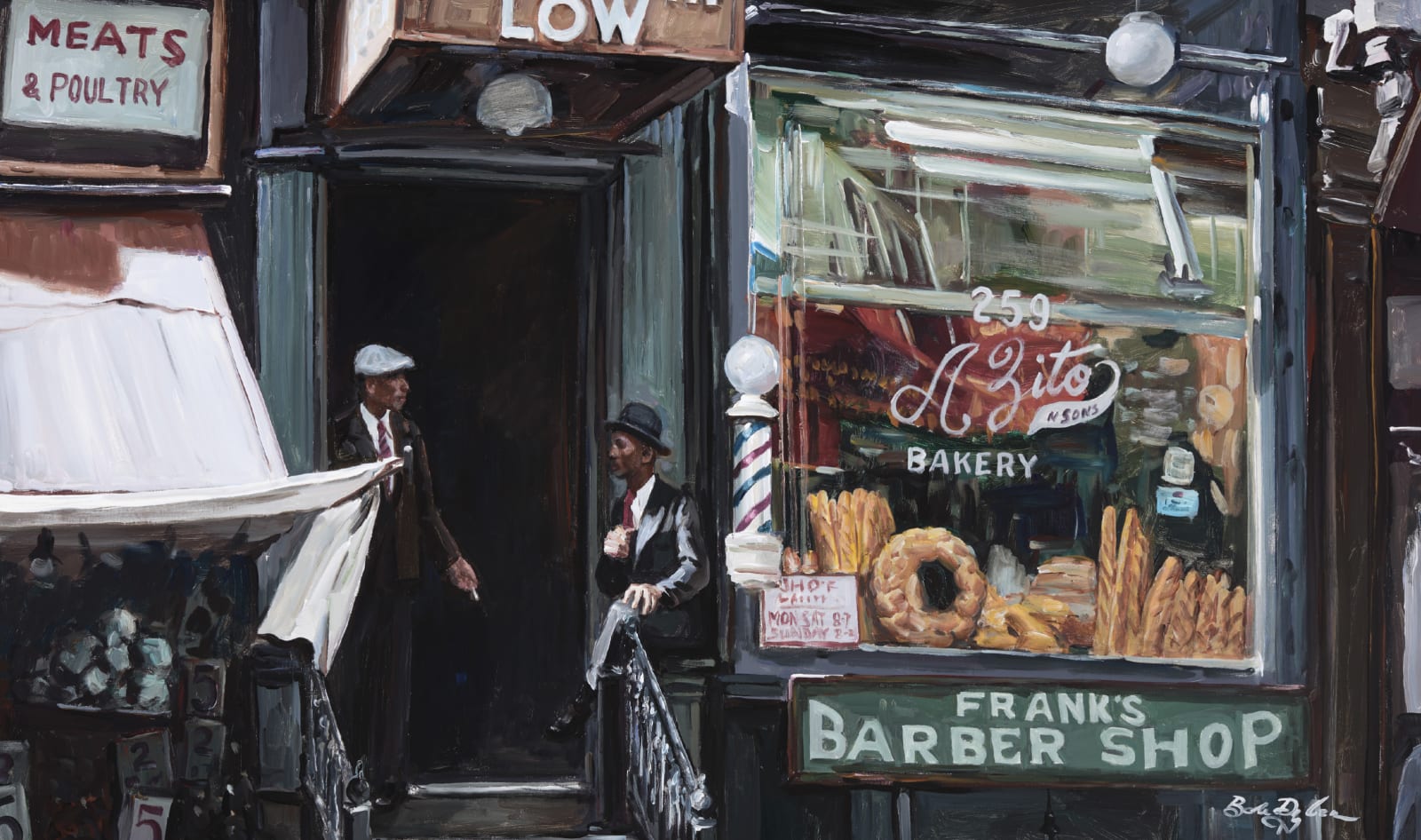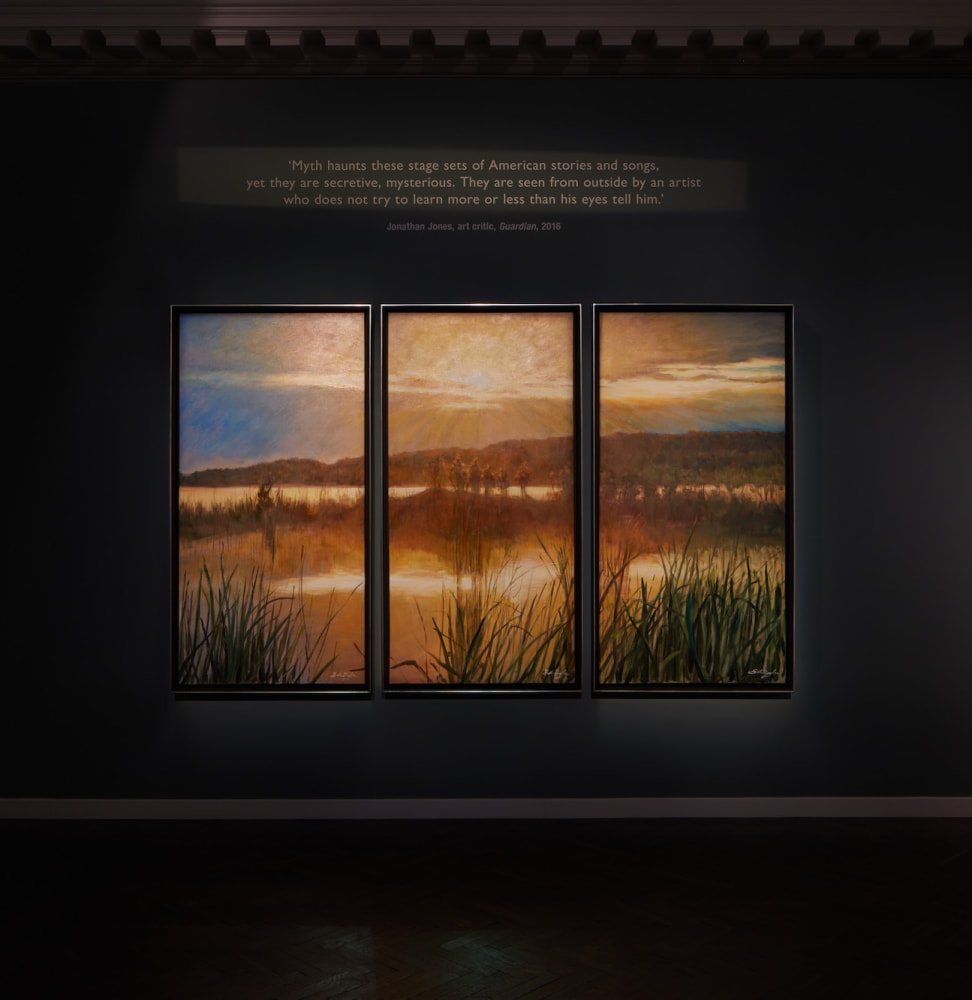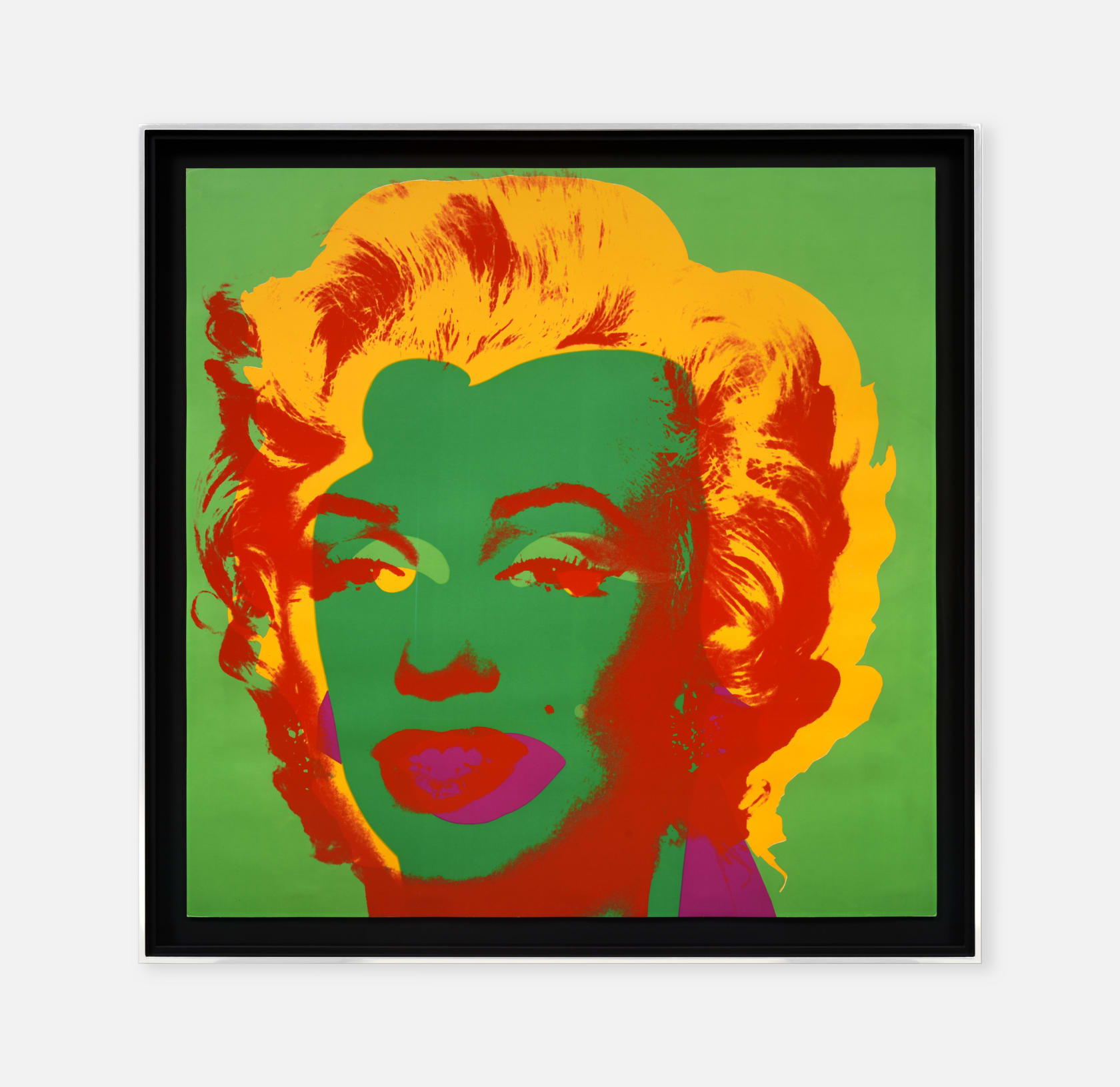
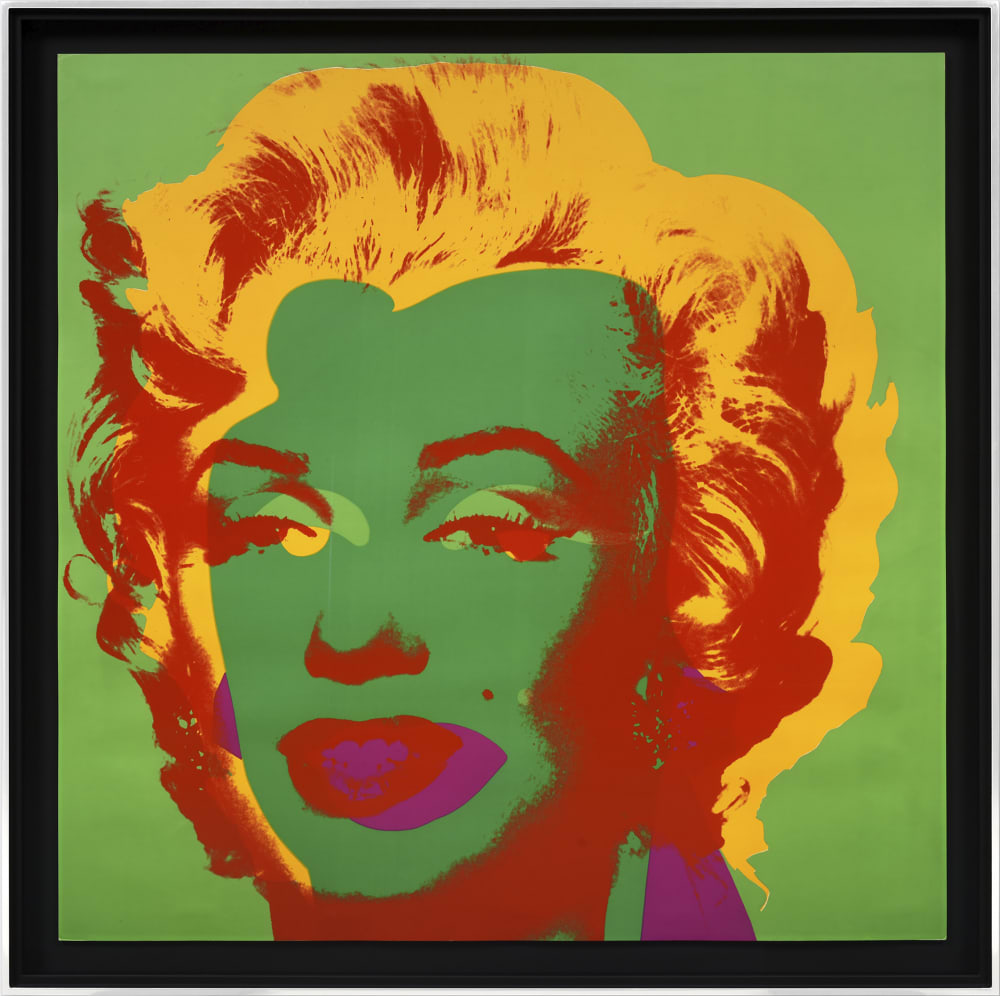
Andy Warhol Marilyn
Marilyn
Andy Warhol's Marilyn Monroe (Marilyn) screenprints converge key themes of the artist's 1960s Pop - death, beauty, fame and the mass media - in a work that would arguably come to define his career. In 1967, Warhol established Factory Additions, a publishing business set up to produce screenprint portfolios of his signature subjects like Campbell's Soup and Flowers, making his work more accessible and quickly expanding his market. Marilyn Monroe (Marilyn) was the first portfolio he created. Warhol had first depicted Marilyn Monroe (1926-1962) in a series of silkscreen paintings following her tragic death, starting with Gold Marilyn Monroe (Museum of Modern Art, New York), in which the actress is enshrined against a flat gold background.
Though deriving from the same image, a promotional photograph for the 1953 film Niagara, the ten works in the Marilyn portfolio are distinct from one another in both colour and composition. Each image was printed from five screens: one that carried the photographic image and four for the different areas of colour. Warhol developed the technique of printing each layer slightly off-register in order to align his work with the common printing processes of commercial media. This method renders Monroe's image as intrinsically reproducible like a logo or brand, revolutionising the tradition of portraiture by openly embracing the mechanically repetitive nature of the modern image.
